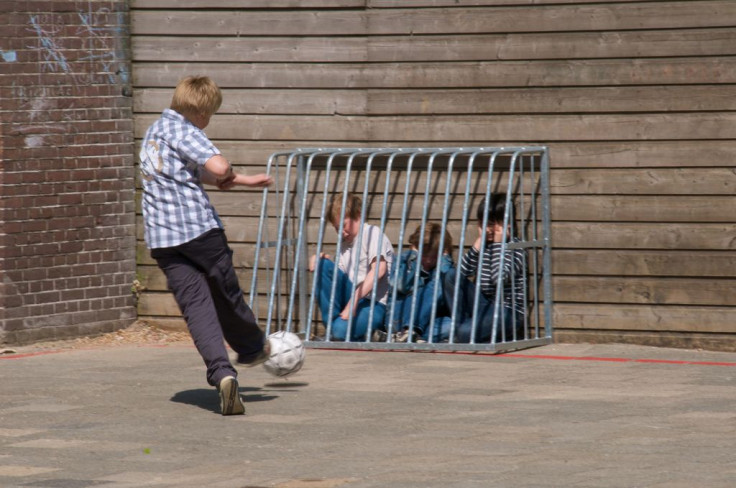Youth Violence Prevention: How Race/Ethnicity Influence Fighting Among Young People

While peer bullying and violent video games and movies are often what parents use to explain their child's violent behavior, most evidence has shown that a child's propensity for violence begins, first and foremost, at home. A recent study published in the Journal of Child and Family Studies suggests that tailoring youth violence prevention programs toward different racial/ethnic groups could help quell the number of teens and adolescents involved in violent altercations each year.
"Fighting can lead to serious injuries and even death, so we felt it was important to identify effective ways to prevent physical altercations among adolescents," said Dr. Rashmi Shetgiri, lead researcher at the Los Angeles Biomedical Research Institute (LA BioMed), said in a statement. "Most violence prevention programs focus on school-based interventions with little involvement of families. This study suggests that it is crucial to involve families, especially parents, in violence prevention programs."
Shetgiri and her colleagues conducted two focus groups for African American parents and two focus groups for Latino parents of 17 adolescents between the ages of 13 and 17, who were living in an urban environment. Both Latino and African American parents agreed that preventing violence starts with parents or, similarly, that "teaching starts at home."
Findings showed that while Latino parents only condoned fighting as a last resort, African American parents thought fighting was sometimes necessary. A number of recent studies have found these views among parents often lead to higher rates of violence among their children. Around one-fourth of all teens reported being in a physical fight in the past year, with higher rates among Latino and African American adolescents.
Latino parents also said they taught their children the consequences of violence, how to regulate emotions, and how to resolve a dispute without violence. Although African American parents did endorse nonviolent ways for solving a dispute, they expressed doubts over how effective these strategies really are. They also suggested corporal punishment to prevent further violence, but acknowledged this as a short-term strategy.
"In addition to addressing parental views about fighting, our study suggests that teaching parents and adolescents how to effectively use nonviolent methods to resolve conflicts and increasing their use of these methods may help reduce violent altercations among African American and Latino teens," Shetgiri added. "We also determined that involving all the influential members of a teens' community — from teachers to peers — would be beneficial."
Shetgiri's team said improving the effectiveness of violence prevention programs relies heavily on addressing parents' attitude toward fighting, including having parents in violence prevention programs and tailoring said programs to different racial/ethnic groups. For example, they recommend improving communication regarding the acceptability of fighting among African American parents and their children while Latino parents should focus on the prominent role family plays.
Source: Chen R, Flores G, Shetgiri R. African-American and Latino Parents' Attitudes and Beliefs Regarding Adolescent Fighting and Its Prevention. Journal of Child and Family Studies. 2015.



























